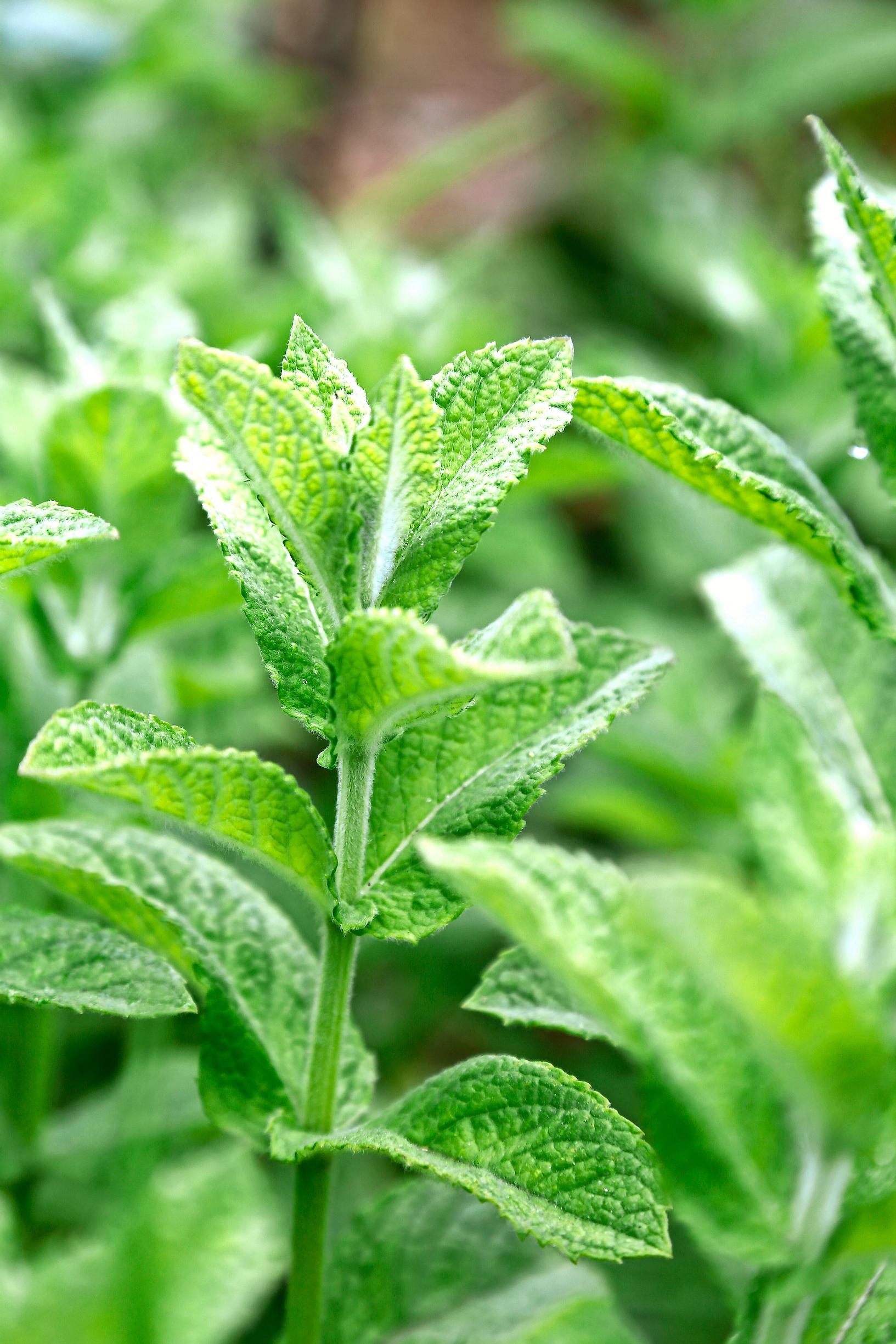
Mint made easy: tips for growing, care, and propagation
Mint is a perennial, long-lived herb that can thrive in both pots and garden beds. Mints grow quickly and are easy to care for, and many varieties also produce lovely blooms that attract pollinators.
Mint, Mentha spp.
- Perennial and long-lived.
- Well-suited to pots and open ground.
- Easy to grow.
- Can be propagated from seed or cuttings, peppermint [in Finnish]only by cuttings.
- Spreads via runners.
- Overwinters fairly well.
- Prefers fertile soil, though it thrives in nearly any conditions.
- Grows best in full sun or partial shade, though it also manages fine in shade.
Mint’s ideal site and soil
Mint thrives best in lime-rich, fertile, well-draining soil with a pH of 6.5–7, though it also does fine in less demanding soil. Mulch the ground with grass clippings, straw, or organic weed fabric.
Place mint seedlings in sunny or partially shaded spots—warm locations encourage the best essential oil development. Mint grows well in raised beds, garden beds, or containers.
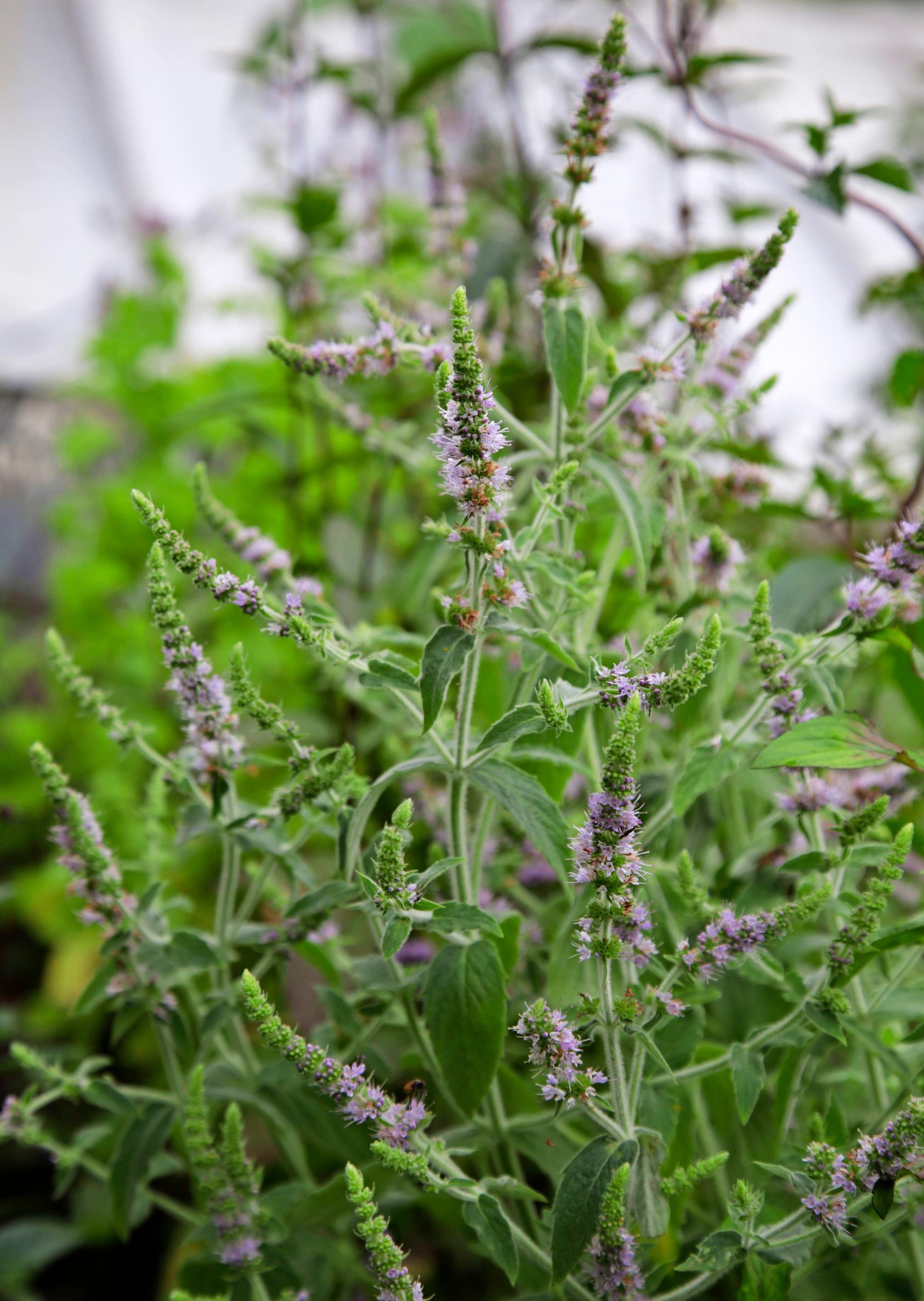
How mint spreads
Be mindful of its tendency to spread when planting it among delicate plants. Mint has shallow roots and creeps via underground runners. Peppermint, for example, can spread vigorously in nutrient-rich soil. Give mint its own space and limit its wandering. You can install barriers underground, but runners often slip under or over them. However, sage has roots strong enough to stop mint from spreading.
Different mint species and cultivars should be kept separate because they crossbreed easily. When grown close together, they also tend to lose their distinctive scents and flavors.
Remove perennial weeds from the soil before planting.
When buying mint seedlings, gently rub the leaves to check if you enjoy the fragrance. Even with correct species and cultivar labels, there are so many strains of mint that trusting your own nose is best.
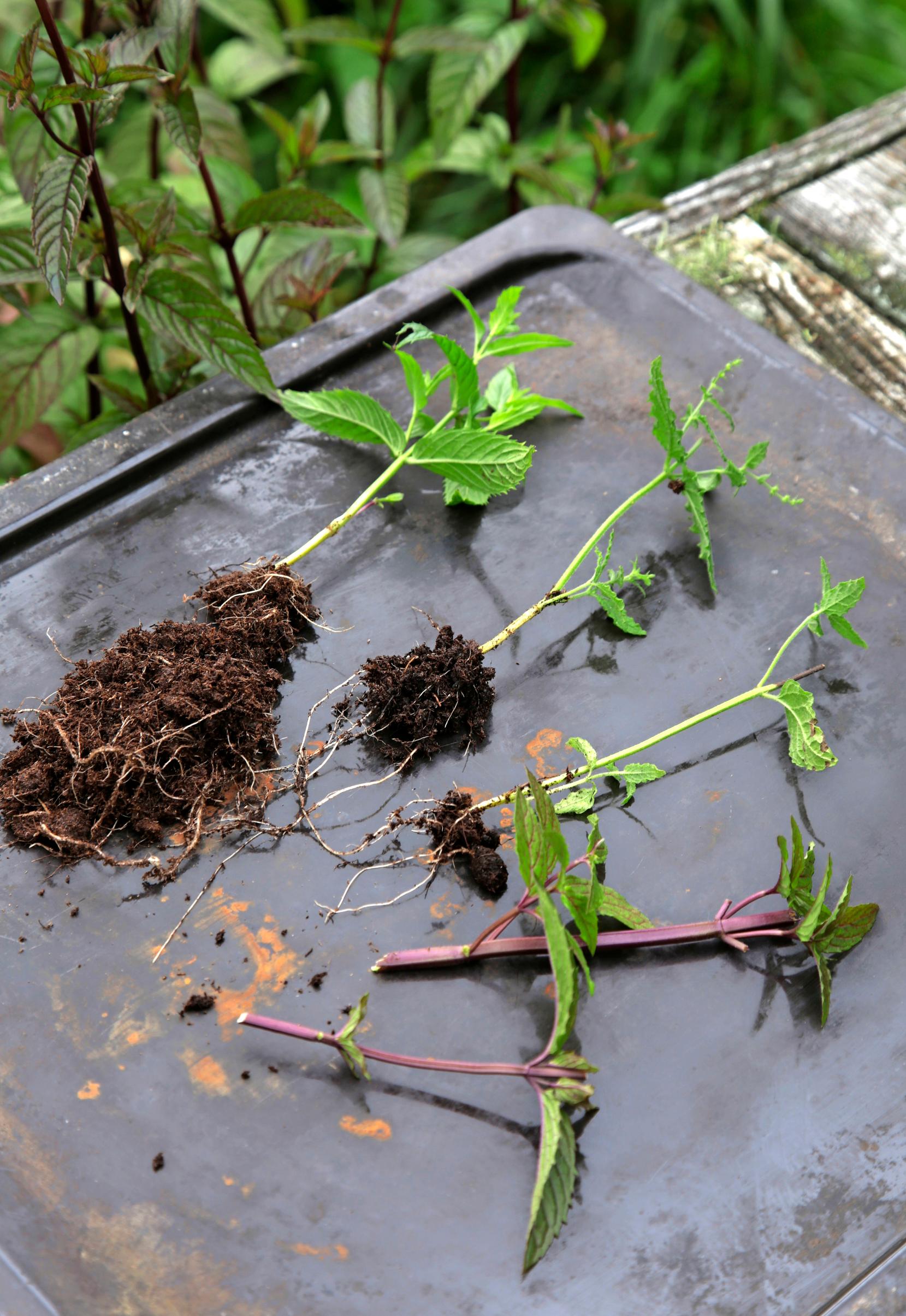
Fertilizing mint
Give mint extra feed especially after trimming. Water it with a fertilizer solution to encourage quick regrowth and vigor.
Only species in the Genus Mentha are recognized as true mints. Plants from other genera are called false mints.
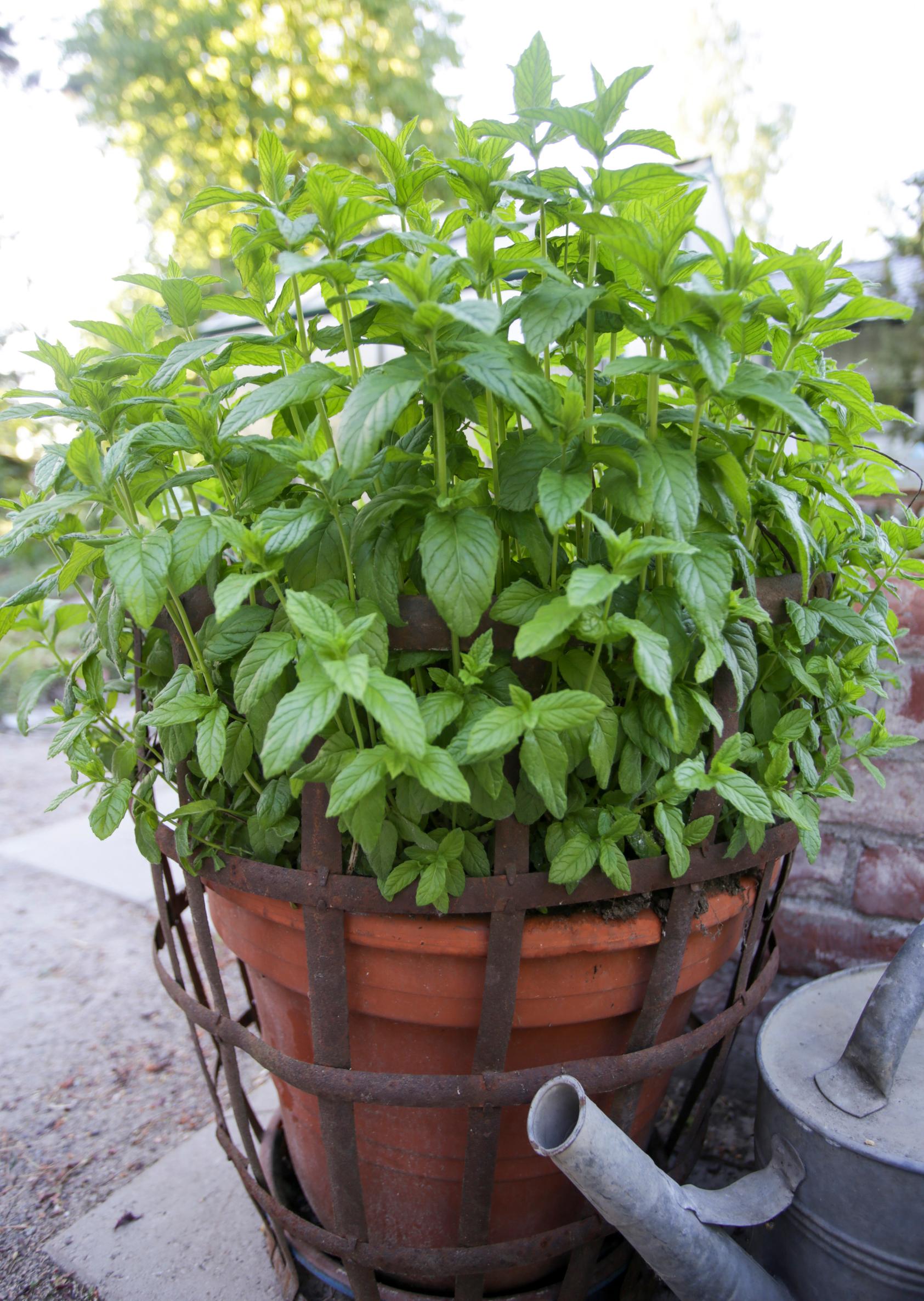
Propagating mint – 5 ways to succeed
Cultivated mint varieties and hybrids only reproduce vegetatively through cuttings, root runners, or layering. Spearmint, long-leaved mint, woolly mint, and corn mint (among others) can be grown from seed, though vegetative methods are generally recommended.
From cuttings
In early summer, ideally during the waxing moon, take a 10 centimeter (4 inch) tip cutting. Snip the growth tip, gently remove the lowest leaves, and plant the cutting in moist, peat-based soil. Rooting usually takes a few weeks. You can also pull off a basal cutting with roots already formed.
From runners
Cut off a piece of runner a few centimeters (about 1 inch) long that has at least one bud, preferably more. Bury this segment about 5–10 centimeters (2–4 inches) deep in the ground or a pot.
Most mints are propagated vegetatively from pieces of underground stems or cuttings.
From layering
Bend a mint stem to the ground and cover it with a few centimeters (about 1 inch) of soil so the tip remains visible. Place a stone on top. When the layered stem has formed roots, detach it from the parent plant and move it to its new spot.
From seed
Sow a few seeds in April in a 5 x 5 centimeter (2 x 2 inch) pot. Pre-cultivation takes five to eight weeks. At the end of May, you can sow directly outdoors. Seeds often germinate poorly.
By dividing
It’s best to move a mint patch at least every five years. At the same time, you can divide the plants and share them with neighbors.
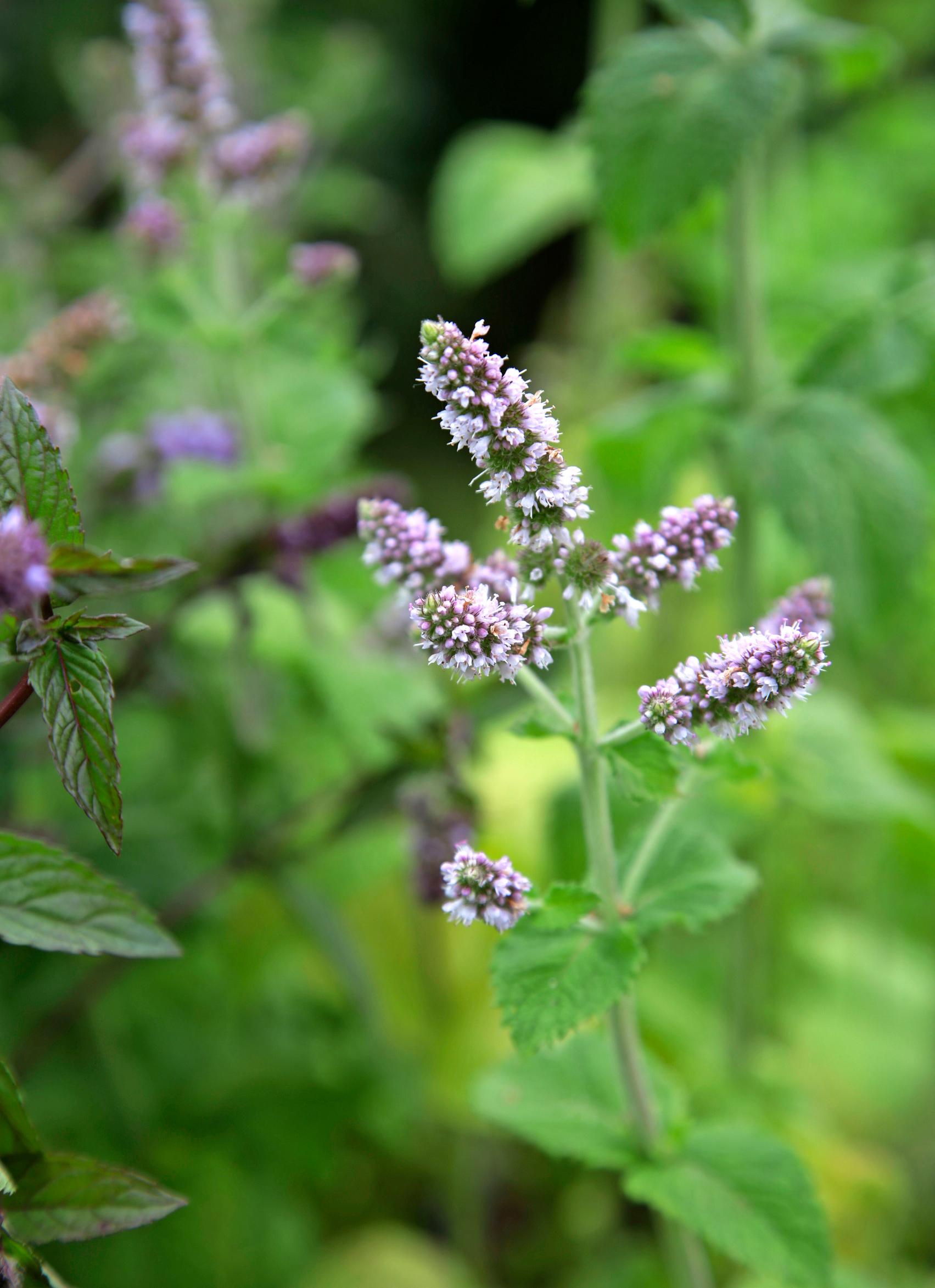
Harvesting mint
Harvest stems, leaves, and flowers throughout the summer. Leaves are most aromatic just as flowering begins. Mint’s blooms are popular with bees. You can steep the flowers for tea, and individual blossoms also work well in salads.
If you want to dry or freeze a large amount of leaves, prune the plants in July at a height of 10–15 centimeters (4–6 inches), then again at the end of August at 15–20 centimeters (6–8 inches). In the planting year, the plants tolerate only one harvest.
The more cold-sensitive the mint species or cultivar is, the more you should limit your harvest in late summer and fall.
Overwintering mint
- Renew plants that have lost vigor by taking runners or divisions, and change their growing spot at the same time. Healthy plants have the best chance of surviving winter.
- Allow mint to store energy for winter and avoid heavy pruning in September. Heavy pruning promotes new growth, which can be destroyed by early winter frosts.
- Prune overwintered mint stems only in spring. If there's frost without snow cover, protect outdoor mint with a layer of leaves or frost fabric.
- Overwinter at least a clump of variegated and other tender mint varieties in a cool spot. If no suitable place is available, consider trying indoors.
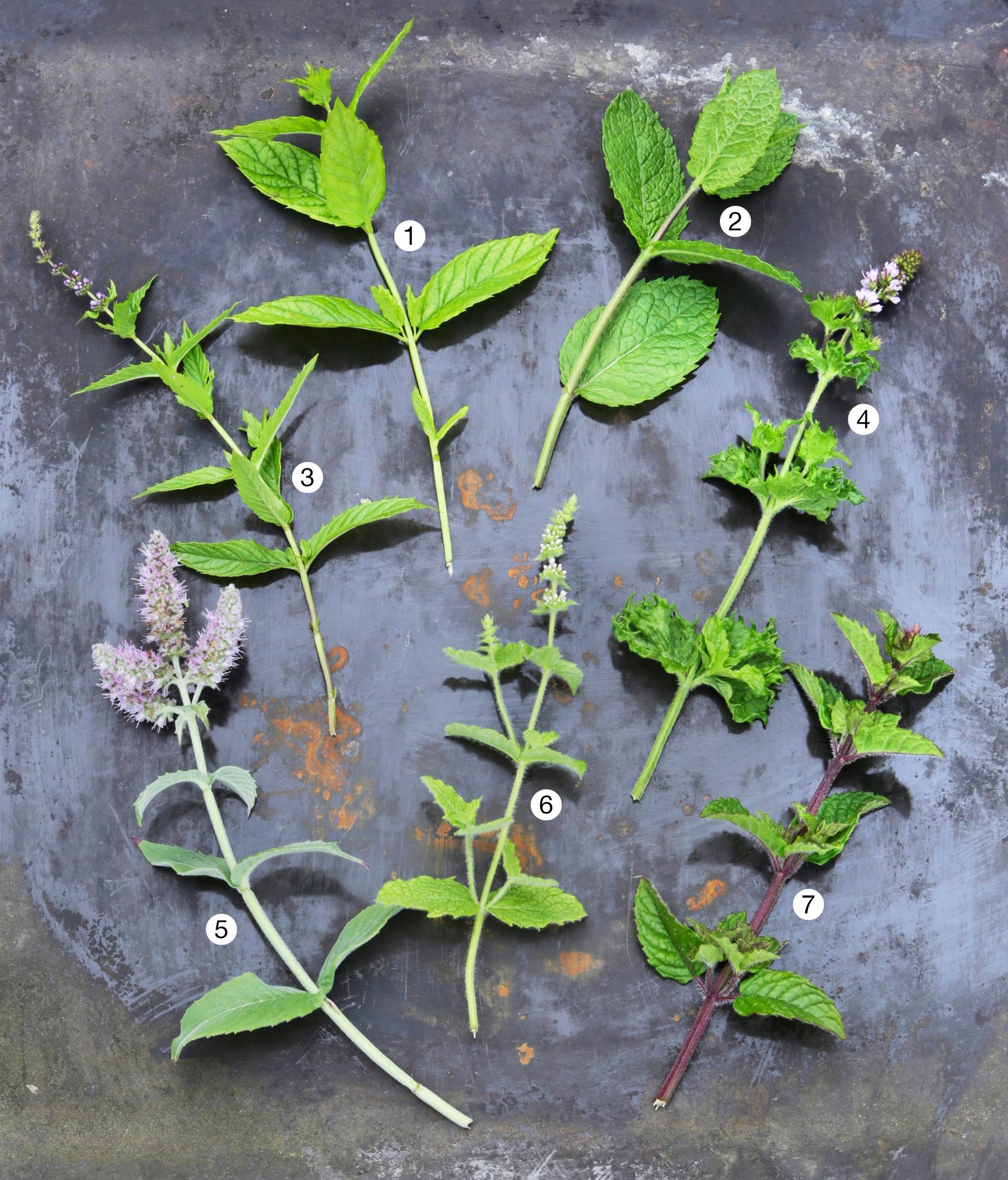
Mint varieties:
- peppermint: A strong, common variety. True peppermint does not produce seeds.
- spearmint: Popular, can also be propagated from seed. One ornamental form is curly mint.
- moroccan mint: Fresh flavor for drinks, uncertain overwintering.
- woolly mint: Vigorous growth; includes cultivars with pineapple and apple scents.
- long-leaved mint: A tall, grey-leaved variety. Overwinters well.
- apple mint: Mild flavor. Profuse blooms, hardy, and tall.


